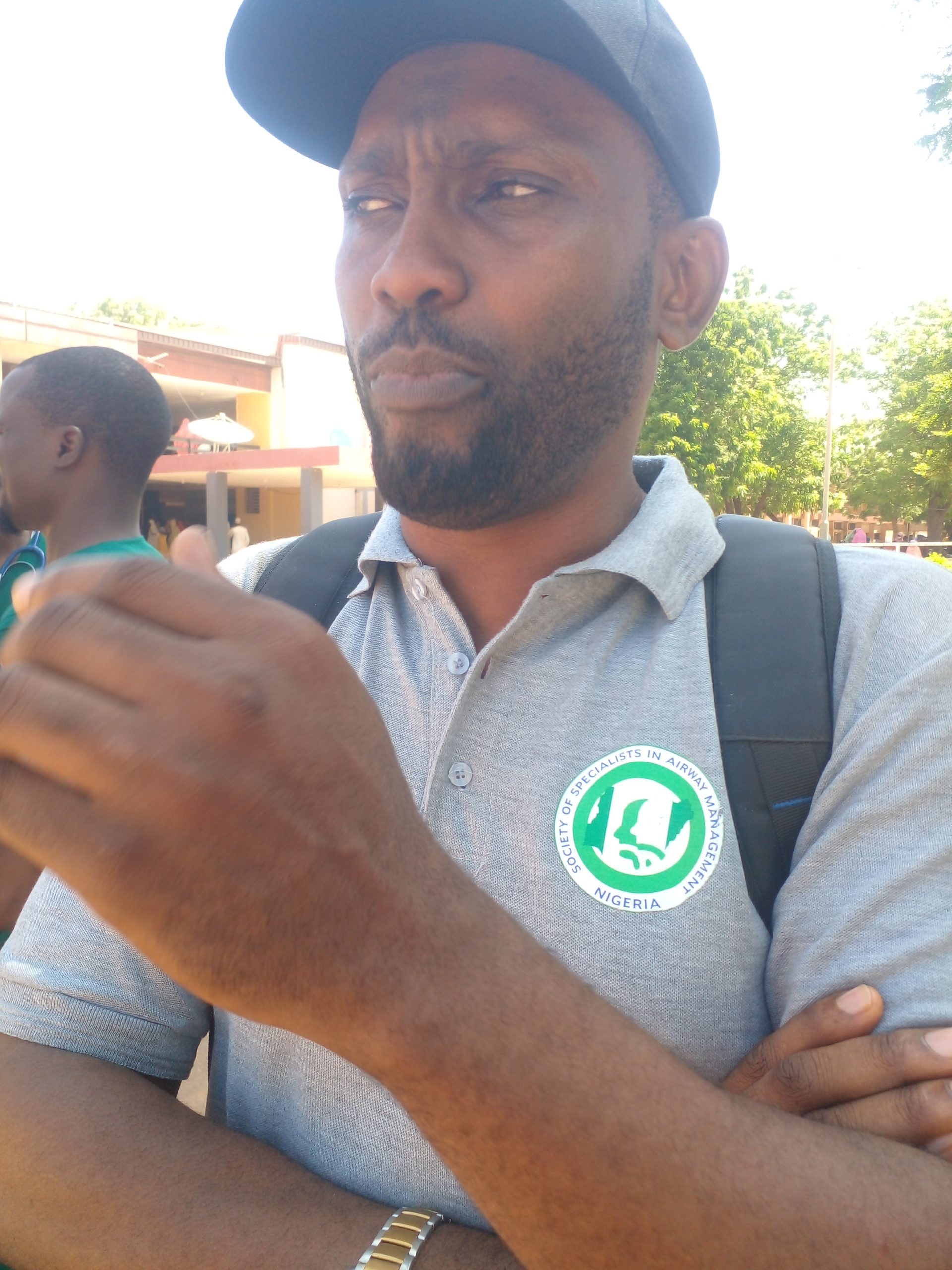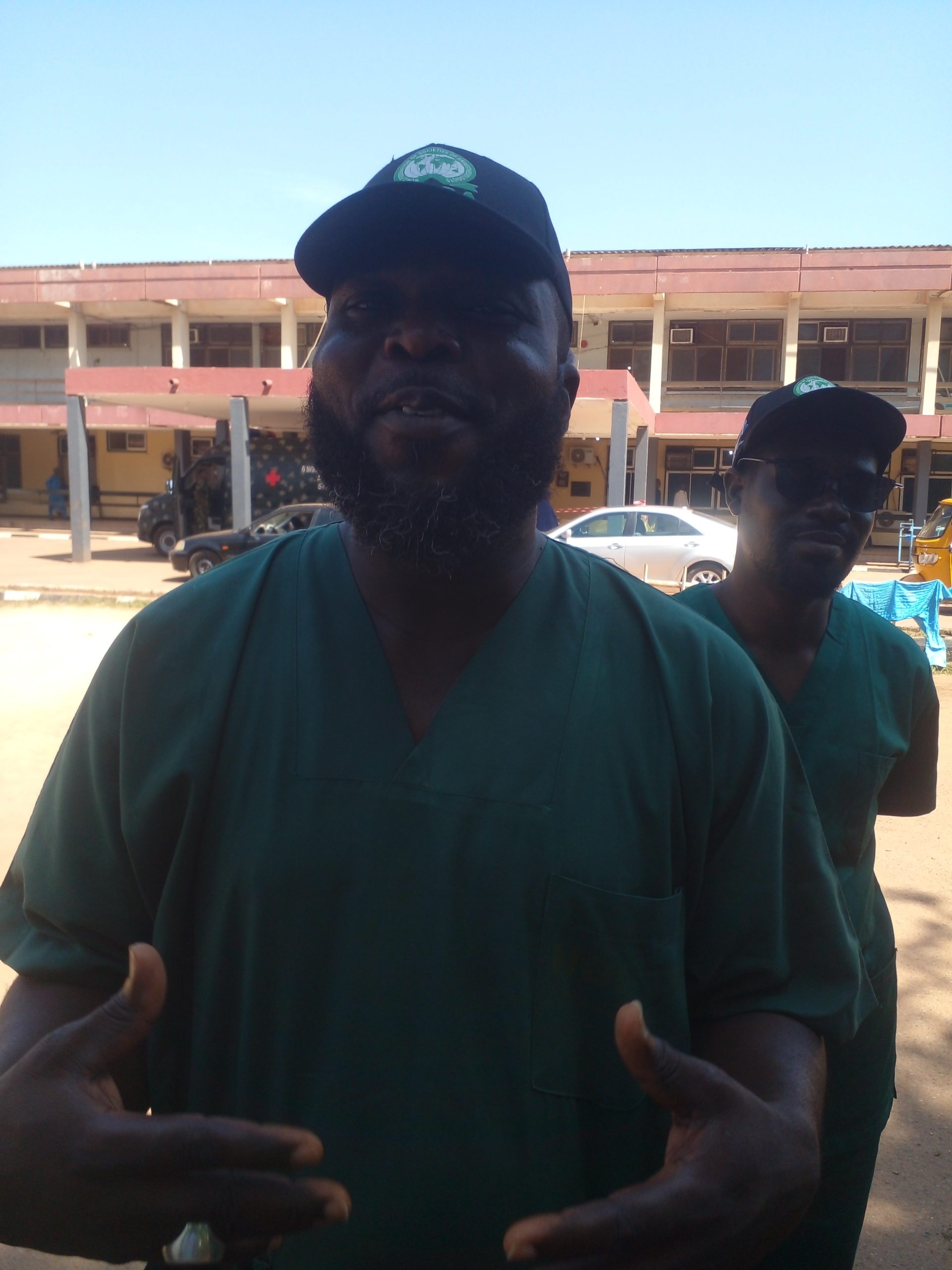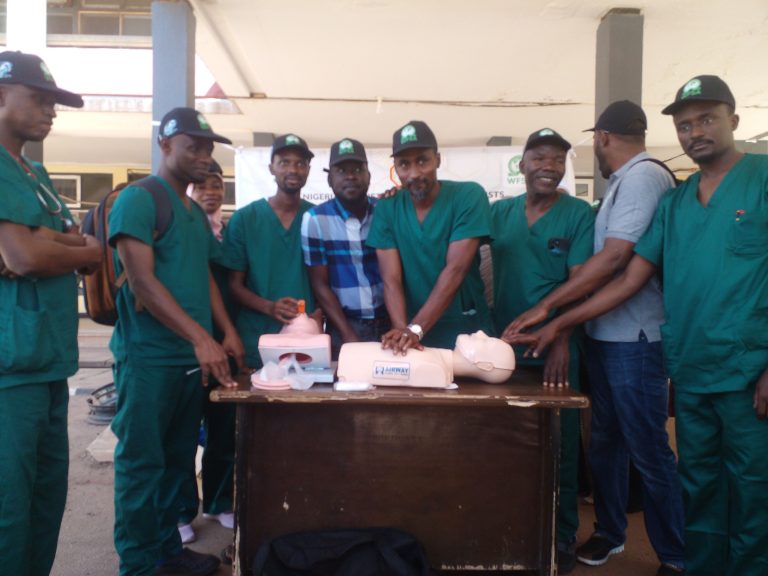The Department of Anaesthesiology and Intensive Care at Usman Danfodio University Teaching Hospital (UDUTH), Sokoto, has called for increased public interest in anaesthesia as a medical speciality.
This appeal was made during the celebration of World Anaesthesia Day, as experts highlighted the rising demand for professionals in the field to meet the growing healthcare needs and ensure patient safety in surgical and critical care settings.
This year’s World Anaesthesia Day theme, “Workforce Well-being,” emphasizes the importance of protecting the limited number of anaesthesia professionals.
A consultant anaesthetist at UDUTH, Dr Yusuf Tijjani Musa, stressed the need for more trained professionals, noting that this would help alleviate the burden on the current workforce and improve healthcare delivery overall.

“Anaesthesia as a speciality is not widely known. This is part of our campaign to raise awareness, even among medical students,” said Dr. Musa. “We urge the public to develop interest in this crucial field. By increasing our numbers, we can reduce the strain on the workforce and enhance healthcare services.”
The head of the Department of Anaesthesiology and Intensive Care at UDUTH, Dr. Ibrahim Galadima Bello, dispelled common misconceptions about the field, emphasizing its critical role beyond the operating room.

“Many people, including those in the healthcare sector, think anaesthetists are only responsible for putting patients to sleep. However, anaesthetists play vital roles in various areas of the hospital, not just in the theatre. I encourage young people to consider this life-saving speciality,” Dr Bello stated.
As part of the commemoration, the department held a public demonstration of cardiopulmonary resuscitation (CPR), a life-saving procedure for individuals in cardiac or respiratory arrest.
Nurse anaesthetist, Jibril Yahaya explained the CPR process, emphasizing its importance for everyone to learn.

“First, check if the person is responsive by tapping and calling out to them. If they don’t respond and aren’t breathing, call for emergency help immediately. Start chest compressions by placing your hands in the center of the chest, pressing down about 2 inches deep at a rate of 100–120 compressions per minute. If trained, provide rescue breaths, tilting the head back and giving two breaths between every 30 compressions,” Yahaya explained.
Anaesthesia is used to manage pain, anxiety, and discomfort during medical procedures, ensuring patients can undergo surgery safely and pain-free.
Since the first successful painless surgery in 1846 by Dr. William T.G. Morton, October 16 has been recognized as World Anaesthesia Day to commemorate the importance of this medical advancement.
Despite its significance, the field faces challenges.
“We are grossly understaffed, and the workload is overwhelming. While we continue raising awareness, proper remuneration by the government is necessary to attract and retain more experts in anaesthesiology,” Yahaya added.


